Sofa and Side Table Combinations - Complete Guide to Perfect Pairings
The right sofa and side table combination can transform your living space from ordinary to extraordinary. These essential furniture pieces not only serve practical purposes but also define the style and functionality of your room. Finding the perfect pairing involves considering proportions, materials, styles, and how you use your living space daily.
In this comprehensive guide, we explore everything you need to know about selecting and arranging sofa and side table combinations. From understanding proper scale and proportion to mixing materials and styles effectively, we provide expert advice to help you create a harmonious and functional living area. Whether you're furnishing a new home or refreshing your current space, these insights will help you make informed decisions that balance aesthetics with practicality.
Our Top Sofa and Side Table Recommendations
⚠️ AFFILIATE DISCLOSURE: This website contains affiliate links. As an Amazon Associate, we earn from qualifying purchases. If you make a purchase through these links, we may receive a small commission at no additional cost to you. Read our full affiliate policy.
Sofa and Side Table Comparison & Recommendations
Which Sofa and Side Table Combination is Right for You?
🏠 Best Overall: Modern Sofa with Glass Side Table
Contemporary Combination
💰 Best Budget: Basic Sofa with Wooden Side Table
Classic Wood Combination
⭐ Best for Style: Sectional with Nesting Tables
Modular & Functional
Combination Summary
- Scale & Proportion: Side table height should match sofa arm height for optimal comfort and accessibility
- Material Mixing: Combine different textures (wood, metal, glass) for visual interest while maintaining cohesion
- Style Coordination: Match design eras or intentionally mix with common elements for eclectic appeal
- Functional Needs: Consider storage requirements, surface area needs, and mobility
- Space Considerations: Account for traffic flow, room size, and additional furniture placement
Sofa and Side Table Advantages & Considerations
Understanding the benefits and potential challenges of different sofa and side table combinations helps create spaces that are both beautiful and functional. Here's a detailed analysis based on interior design principles and practical experience:
✅ Combination Advantages
Enhanced Functionality: Provides convenient surfaces for drinks, books, and decorative items within easy reach.
Visual Balance: Creates symmetry and anchors the seating area, making the room feel more organized and intentional.
Style Definition: Side tables contribute significantly to the overall aesthetic and can update a sofa's look.
Space Utilization: Maximizes corner spaces and dead areas while maintaining open traffic flow.
Layering Opportunity: Allows for decorative layering with lamps, plants, and accessories that enhance ambiance.
❌ Combination Considerations
Scale Mismatch: Tables that are too large or small can disrupt visual harmony and functionality.
Style Clash: Poorly matched design elements can create visual discord rather than cohesion.
Space Constraints: In small rooms, side tables may impede movement or make the area feel cramped.
Maintenance Requirements: Different materials have varying care needs that must be considered.
Cost Considerations: Quality combinations represent a significant investment that should balance with other furniture priorities.
Value Analysis
The right sofa and side table combination delivers exceptional value by enhancing both aesthetics and daily living. While there are considerations around scale and style coordination, the functional benefits and visual impact make this furniture pairing worth thoughtful selection and investment.
Tips for Choosing the Perfect Sofa and Side Table Combination
Selecting the ideal sofa and side table pairing requires careful consideration of multiple factors. Follow this comprehensive guide to make choices that will serve your needs and enhance your space for years to come:
8 Essential Factors When Choosing Sofa and Side Tables
1. Measure Your Space Accurately
Before shopping, measure your room dimensions, sofa size, and clearance areas. Account for traffic flow, door swings, and other furniture. Create a floor plan to visualize different arrangements and ensure proper proportions.
2. Consider Height Relationships
The side table height should align with the sofa arm height for comfortable use. Standard relationships work well, but adjustable tables offer flexibility. Consider seated eye level when planning for lamps or decorative items.
3. Evaluate Your Lifestyle Needs
Assess how you use your living space. Families with children may prefer durable, easy-to-clean surfaces. Frequent entertainers might need larger surfaces. Remote workers could benefit from integrated charging capabilities.
4. Balance Style and Function
While aesthetics matter, don't sacrifice functionality. Beautiful tables that don't serve your needs will frustrate over time. Look for pieces that offer both visual appeal and practical features like storage or durable surfaces.
5. Mix Materials Thoughtfully
Combine different materials for visual interest but maintain some consistency. Repeat materials from other room elements for cohesion. Consider how materials complement your sofa's upholstery and the room's overall palette.
6. Plan for Traffic Flow
Ensure adequate walking space around furniture arrangements. Side tables shouldn't obstruct natural pathways. In smaller rooms, consider slim-profile tables or alternatives like wall-mounted shelves.
7. Consider Maintenance Requirements
Different materials have varying care needs. Glass shows fingerprints, wood requires polishing, and metal may need occasional cleaning. Choose materials that match your maintenance preferences and lifestyle.
8. Think Long-Term Versatility
Select pieces that can adapt to future decor changes or different room arrangements. Classic styles and neutral finishes often have longer relevance than trendy pieces that may date quickly.
Recommendations Based on Room Type
- Formal Living Rooms: Coordinated sets with elegant materials like marble or polished wood
- Family Rooms: Durable combinations with storage and child-friendly features
- Small Spaces: Slim profiles, nesting tables, or multi-functional pieces
- Entertaining Spaces: Multiple smaller tables or larger surfaces for guest use
- Reading Nooks: Ample surface area with integrated lighting solutions
Frequently Asked Questions About Sofa and Side Tables
What height should a side table be compared to the sofa?
The ideal side table height should be approximately the same height as the sofa arm or within 1-2 inches higher or lower. This ensures comfortable access to items on the table while seated. Standard sofa arm heights range from 24-28 inches, so side tables between 22-30 inches typically work well. The key is maintaining a comfortable reach from seated position without excessive bending or stretching.
How much space should be between sofa and side table?
Leave approximately 2-5 inches between the sofa and side table for optimal accessibility and visual balance. This close proximity allows easy reach while maintaining a cohesive look. The exact distance depends on your specific furniture dimensions and room layout. In tighter spaces, the table can touch the sofa, while larger rooms might accommodate slightly more separation.
Can I mix different style side tables with my sofa?
Yes, mixing styles can create interesting visual appeal, but maintain some common elements for cohesion. Consider matching materials, colors, or design eras. For example, a modern sofa can pair with rustic side tables if they share similar wood tones or metal accents. The key is creating intentional contrast rather than random mismatch. Repeating colors, materials, or design elements throughout the room helps unite different styles.
What size side table works best with a sectional sofa?
For sectional sofas, consider using multiple side tables of varying sizes or one larger console table behind the sofa. Corner tables specifically designed for sectionals work well. The table should be proportional to the sofa section it serves without overwhelming the space. In large sectionals, multiple smaller tables often work better than one massive table, providing flexibility and serving different seating areas.
How do I choose between one or two side tables for my sofa?
The decision depends on sofa size, room layout, and functional needs. Two side tables create symmetry and serve both ends of the sofa, ideal for larger sofas and rooms. One side table works well for smaller spaces, corner placements, or when balanced with other furniture elements on the opposite side. Consider your typical seating patterns and which ends of the sofa get the most use when deciding.
Conclusion
The perfect sofa and side table combination significantly enhances both the functionality and aesthetics of your living space. By considering factors such as scale, proportion, material compatibility, and your specific lifestyle needs, you can create a harmonious arrangement that serves your daily requirements while reflecting your personal style.
Remember that the best combinations balance visual appeal with practical considerations. Whether you prefer matched sets for formal elegance or intentionally mixed pieces for eclectic charm, the key lies in thoughtful selection and arrangement. Your sofa and side tables should work together to create a comfortable, inviting space that meets your needs for years to come.
Ready to Choose Your Perfect Combination?
Check out the best sofa and side table selections above and find the combination that best suits your needs. Each product has been selected based on design quality, functionality, and user satisfaction to ensure you get the perfect furniture pairing for your living space.
Related Articles You Might Like
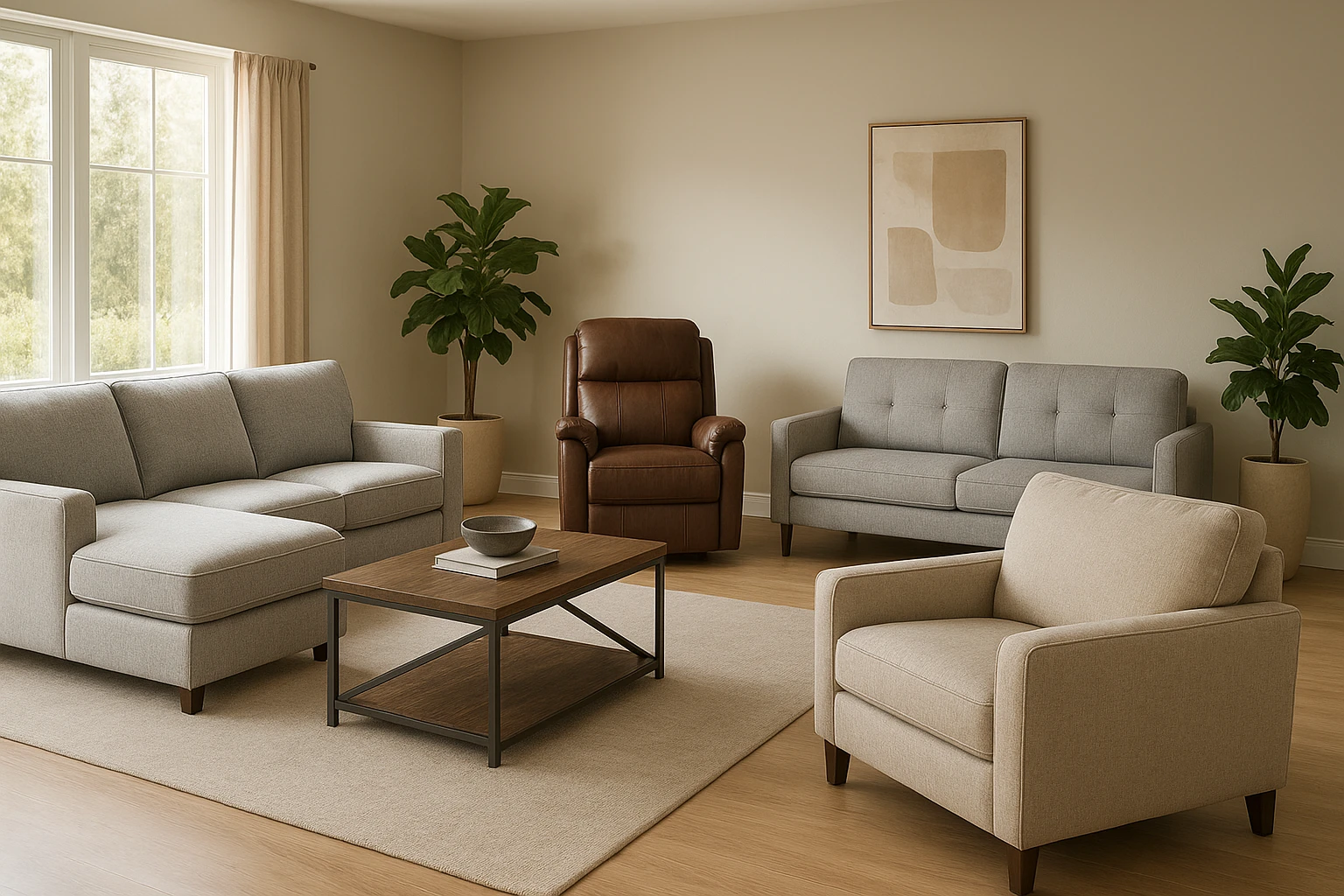
Explore various sofa styles from sectionals to loveseats and discover which type best fits your space and lifestyle requirements.
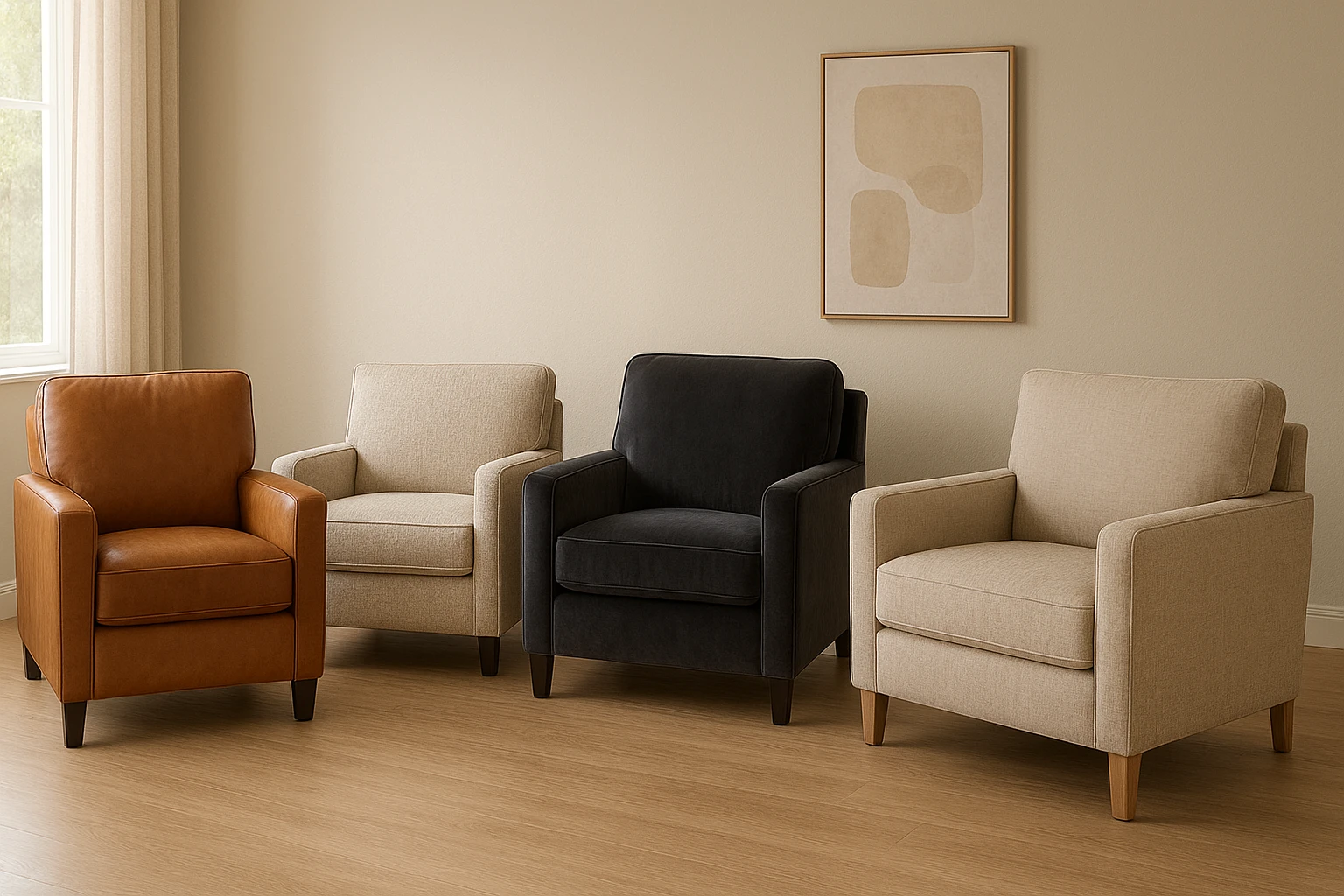
Learn the pros and cons of different sofa upholstery materials to make an informed decision for your home and lifestyle.
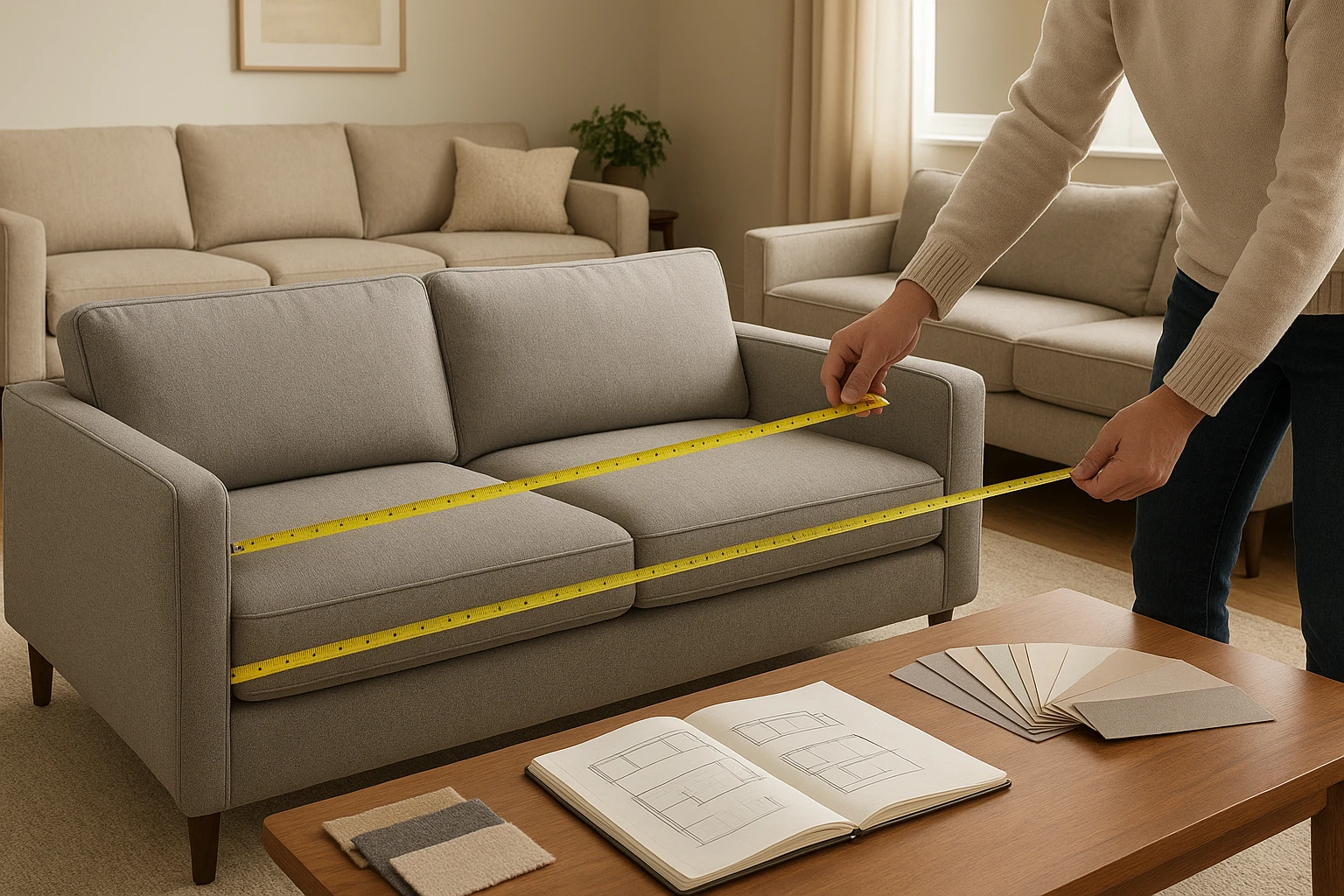
Comprehensive advice on selecting the perfect sofa based on room size, usage patterns, comfort needs, and design preferences.
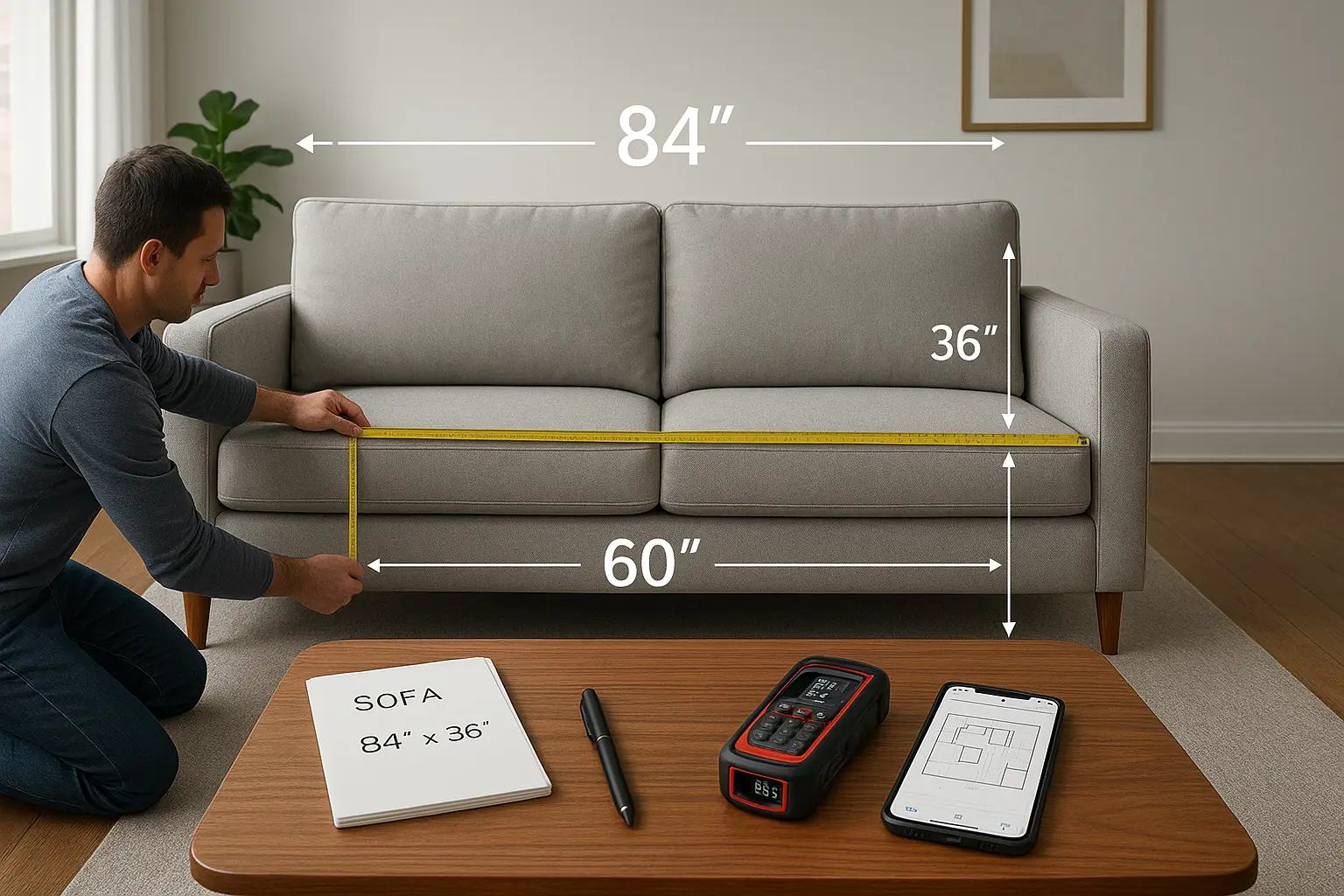
Essential tips for measuring your space and selecting a sofa that fits perfectly while maintaining proper traffic flow.
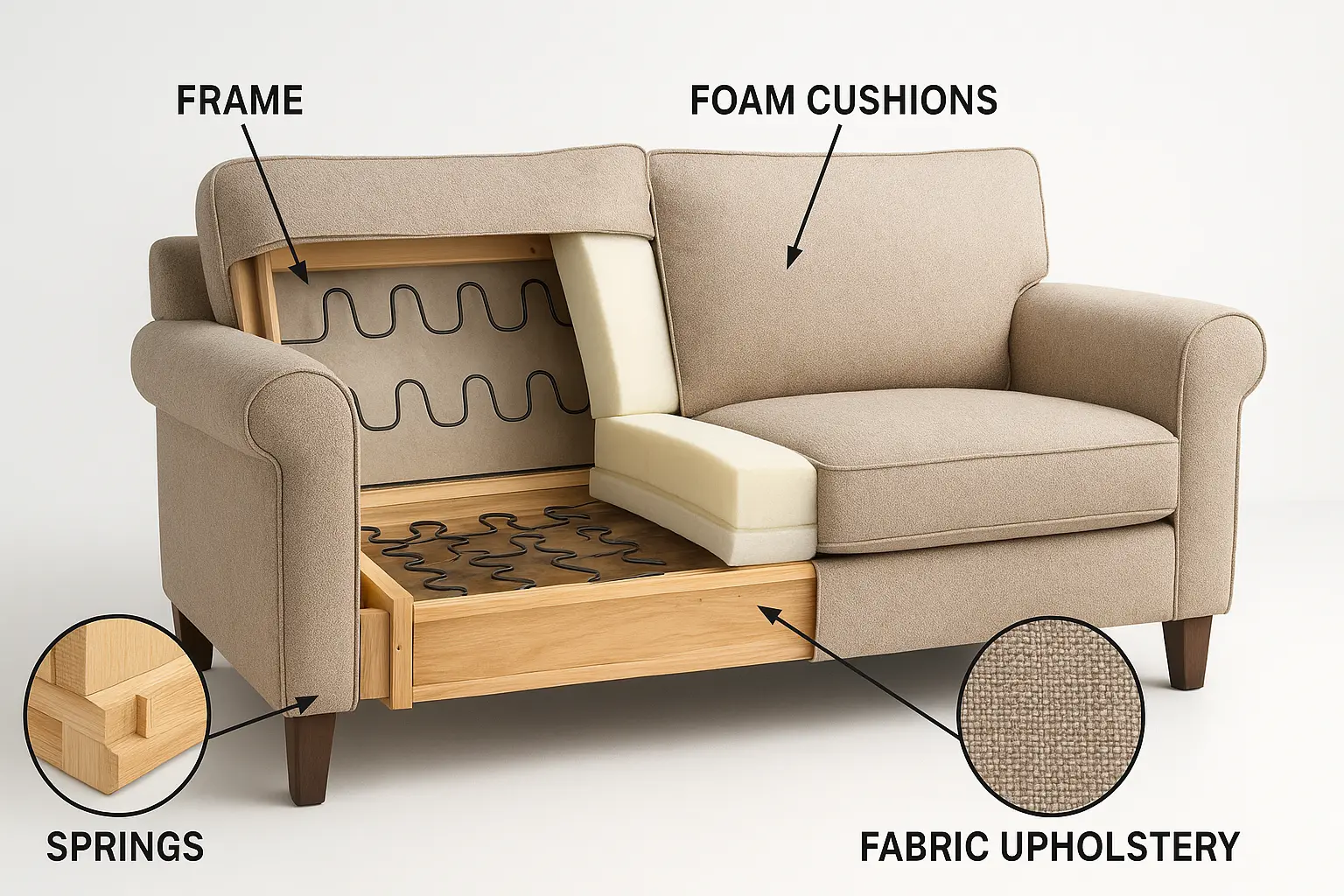
Learn about sofa construction quality and what to look for in frames, cushion materials, and upholstery for lasting durability.

Practical advice for navigating online sofa shopping, from understanding dimensions to evaluating fabric samples and return policies.